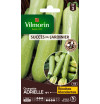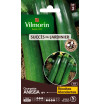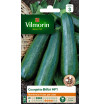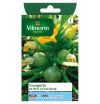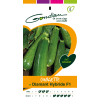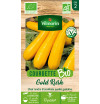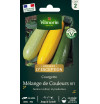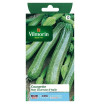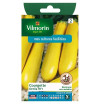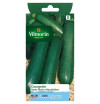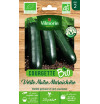
Growing zucchini: growing tips and delicious recipes
Zucchini is a highly valued vegetable in many parts of the world, including Europe, Asia and Africa. It is of the cucurbit family and is native to Central and South America. Zucchini is easy to grow and can be used in a wide variety of dishes, making it very versatile.
In this article, we will look at the pros and cons of growing zucchini, growing tips, sowing and harvesting dates, the different varieties available, and some recipes based on zucchini.
Benefits of growing zucchini
There are many benefits to growing zucchini. First of all, they are very easy to grow, which makes them ideal for beginners. Zucchini grows quickly and produces a large amount of vegetables in a short time. In addition, zucchini are very versatile and can be used in a wide variety of dishes, such as stir-fries, stews, gratins, pasta dishes and soups.
Disadvantages of growing zucchini
There are also some disadvantages to growing zucchini. First of all, zucchini can be very invasive and take up a lot of space in the garden. It is important to provide enough space for zucchini plants and plant them away from other crops to prevent them from choking. In addition, plants can be susceptible to certain diseases, such as late blight, which can cause significant losses.
Growing tips
Here are some tips for growing zucchini:
- Choose a sunny, well-drained spot in your garden to plant zucchini. Zucchini need a lot of sunlight to grow and ripen properly.
- Prepare the soil by adding compost or well-decomposed manure to enrich the soil. Zucchini need nutrient-rich soil to grow.
- Sow zucchini seeds directly into the ground after any risk of frost has passed or start the seeds inside about 2 to 3 weeks before transplantation. Zucchini can be sown directly into the ground, but by starting the seeds indoors, you can have stronger, more resistant seedlings.
- Water zucchini plants regularly to prevent the soil from drying out. Zucchini need regular watering to grow properly.
- Mulch the soil around plants to retain moisture and prevent weeds from growing. Mulching can help keep the soil cool and moist, while reducing weed growth.
- Monitor plants for signs of diseases or pests, such as late blight or aphids, and take steps to control them if necessary. It is important to be vigilant to prevent diseases and pests from spreading to other plants.
Sowing and harvest dates
Planting and harvesting dates depend on your area and the variety of zucchini you choose to grow. In general, zucchini can be sown from late spring to early summer, once any risk of frost has passed. Zucchini can be harvested when they reach a size of 10 to 20 cm in length. If you leave them on the plant for too long, they can become too big and hard.
Zucchini varieties
There are many varieties of zucchini, each with different characteristics in terms of color, shape and size. Here are some of the most common zucchini varieties:
- The classic green zucchini, which is the most common variety and has a dark green color.
- Yellow zucchini, which is a variety of zucchini with a bright yellow color.
- Trumpet zucchini, which has an elongated shape and resembles a trumpet. It is often used for decorating dishes.
- Round zucchini, which has a round shape and is often used to make stuffed dishes.
- White zucchini, which is a variety of zucchini with a white color.
Zucchini recipes
Zucchini are very versatile and can be used in many recipes. Here are some ideas for cooking zucchini:
Stuffed zucchini: Cut the zucchini in half and remove the seeds. Steam the zucchini for 5 minutes, then stuff them with a mixture of rice, minced meat and vegetables. Bake for 30 minutes at 180°C.
Sautéed zucchini: Cut the zucchini into small pieces and sauté them in a pan with olive oil, garlic and fresh basil. Add a little salt and pepper according to your taste.
Zucchini gratin: Slice the zucchini and steam for 10 minutes. In a baking dish, lay out a layer of zucchini, a layer of tomato sauce, a layer of grated cheese, and then repeat until the ingredients are exhausted. Bake for 30 minutes at 180°C.
Zucchini salad: Cut zucchini into thin strips and mix with tomatoes, red onions, crumbled feta, olive oil and balsamic vinegar. Add a little salt and pepper according to your taste
%20(600%C2%A0%C3%97%C2%A0150%C2%A0px)%20(600%C2%A0%C3%97%C2%A0300%C2%A0px).jpg?1678177515754)
Ratatouille: Ratatouille is a delicious summer recipe based on fresh vegetables, perfectly suited to highlight the zucchini freshly picked from your garden. This Provençal recipe is simple to make and allows you to savor the delicate flavor of vegetables cooked to perfection. It can be served hot or cold, as a side dish or as a main course.
Ingredients: 1 eggplant, 2 zucchini, 1 red pepper, 1 green pepper, 4 tomatoes, 1 onion, 2 cloves of garlic, 2 tablespoons of olive oil, salt and pepper, Herbes de Provence
To prepare a ratatouille, simply cut the vegetables into small cubes and cook them in a pan with olive oil, garlic and herbs of Provence. The combination of eggplant, zucchini, peppers and tomatoes gives an incredible texture and flavor.
Ratatouille is a very versatile recipe, which can be used in many ways. It can be served hot as a side dish to grilled chicken or fish, or cold as a vegetable salad. It can also be used as a base for other recipes, such as a vegetable pie or omelet.
Try this simple ratatouille recipe to make the most of zucchini and other summer vegetable season. It is a tasty and healthy dish that will please the whole family.
Variation : You can add pieces of sausage meat and minced meat to vegetable mixtures, this will bring an extra taste that will make this dish one of your children's favorite dishes
In conclusion, growing zucchini is easy and rewarding. Zucchini is an excellent source of vitamins and minerals and can be used in many delicious recipes. To successfully grow zucchini, be sure to choose a sunny, well-drained place, plant seedlings at the right depth, and water them regularly. Also avoid planting too many zucchini at once to avoid waste.
Zucchini can be harvested throughout the summer and are usually ready to harvest about 50 to 60 days after planting. It is important to harvest zucchini when they are still small and tender for better flavor and texture.
In addition to the previously mentioned recipes, you can also use zucchini to make patties, muffins and savory cakes. Zucchini can also be grilled, pickled or stuffed in different ways.
In summary, growing zucchini is easy and enjoyable. In addition to being a delicious and nutritious food source, zucchini can be used in many creative and tasty recipes. With a little care and attention, you can enjoy an abundance of fresh zucchini throughout the summer.
Share this content








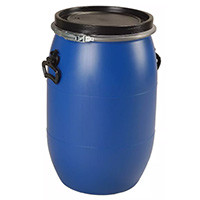


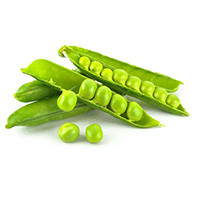

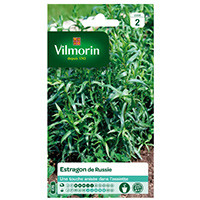

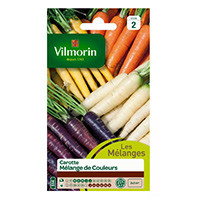



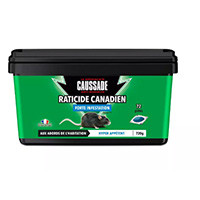
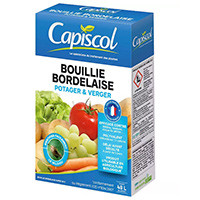

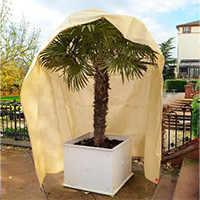


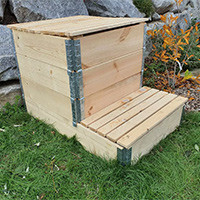
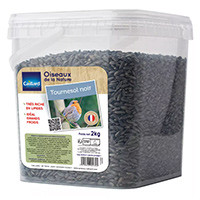

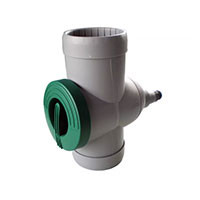


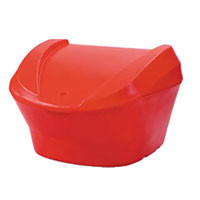
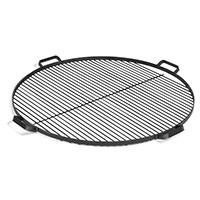

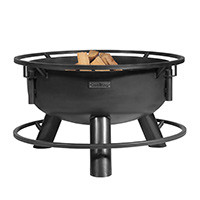
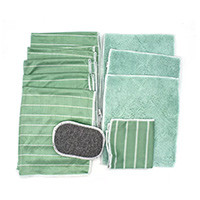







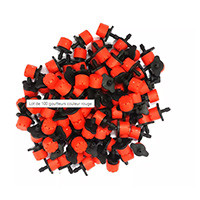



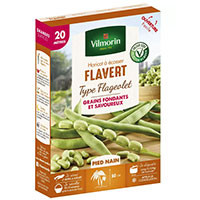

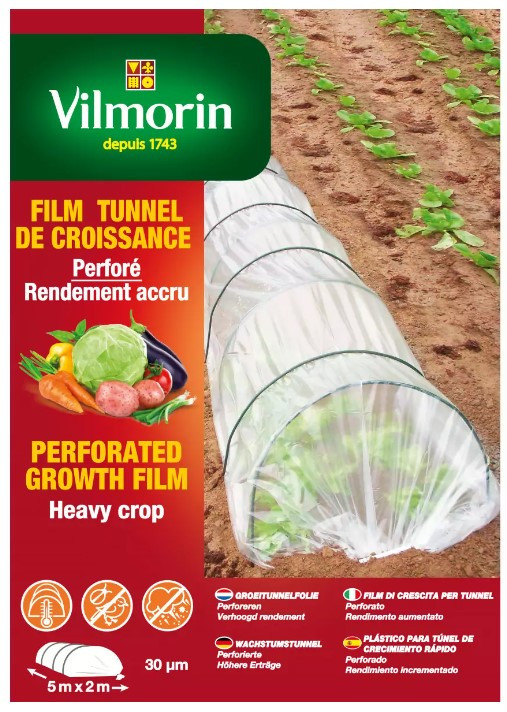






_688cc30f83e4e.jpg)



